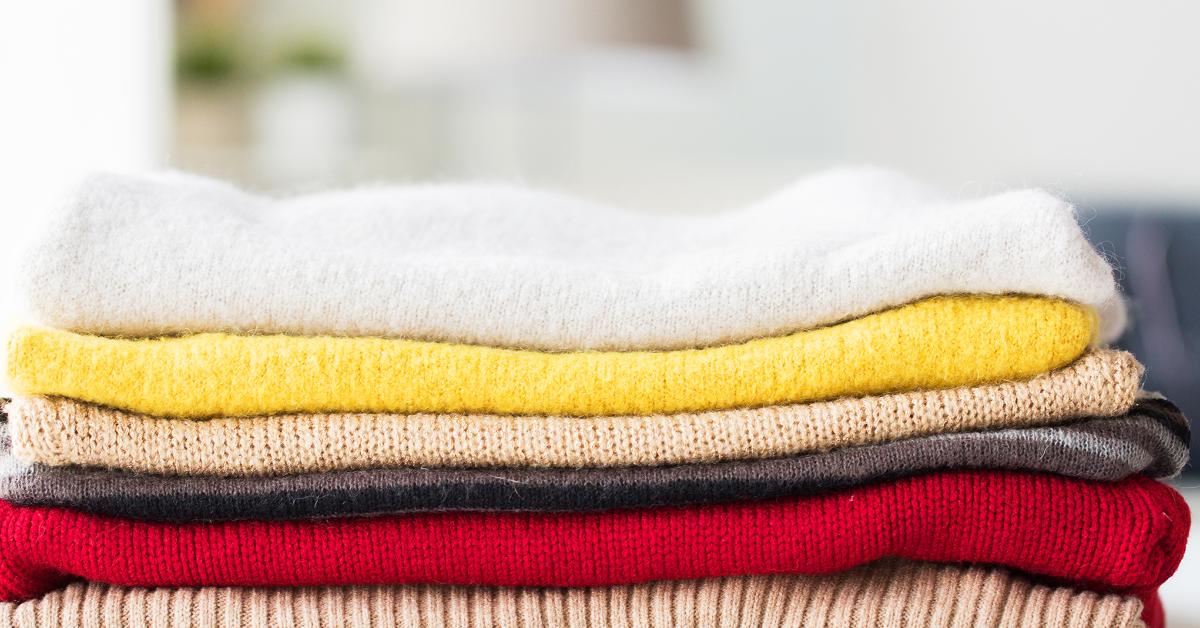CHICAGO — Many dry cleaners who are looking to make their service automatic in the eyes of their customers have found subscription services to be a great tool to achieve this objective. When set up properly, clients stop making decisions about their dry cleaning because it has made its way into their routine.
In Part 1 of this feature, we examined some of the benefits that subscription services can bring to both the customer and the cleaner, and in Part 2, we explored ways to get such a service up on its feet and running smoothly. Today, we’ll conclude by offering tips from cleaners who are running successful subscription services.
The Future of Subscriptions
Lisa Brooks, who owns a Mulberrys Garment Care franchise in Minneapolis-St. Paul with her husband, Chris, and Kermit Engh, owner of Fashion Cleaners in Omaha, Nebraska, have both set up successful subscription services at their companies. And, both expect that this service will only grow in the future. Selling subscriptions as a solution rather than a service is key to this belief.
“As people really get back to work, they’ll really understand the value of their time, versus the cost we charge,” Engh says. “All of a sudden, this looks like a pretty easy sell. I know a lot of dry cleaners around the country, and their piece counts are getting close to pre-COVID numbers, but their revenues are higher. We’ve been able to find ways to adapt, and subscriptions were one of those ways.”
Shifting priorities and different ways of viewing available options will be the way subscriptions at the Minnesota Mulberrys evolve, Brooks believes.
“I definitely think it is going to be a growing segment of our product offering,” she says.
“We’re in Minneapolis, where we tend to be a little more conservative. When I was growing up, nobody had house cleaners unless they were wealthy. And now it’s pretty standard to have somebody come in and clean their house — it’s just one of those chores they’ve outsourced to save time and energy. So, I’m expecting to see the same type of thing with the daily laundry, where people just move to outsource it, deciding that either their working time or their leisure time is more valuable to them. I do think we’ll probably get more of the seniors, as well, as they continue to stay in their own homes.”
Where to Jump On?
When considering putting a subscription service in place, it’s important to think through how it would work at your business, both overall and from a day-to-day perspective, Engh says.
“You need to decide if you’re going to charge per pound or per bag,” he says. “Once you make that decision, you have to start to think about what your capacity is to add bulk laundry to your normal daily routine. When I come in the mornings and I see the mountain of mostly big bags, my first thought is, ‘How in the world are we going to get all this stuff done today?’ But we do.”
Engh believes that taking an honest look at your equipment and your surroundings is also a must.
“You have to have the machine capacity, you have to have a little extra space, and you need to have areas to fold these items,” he says. “You also need areas to store the work prior to it being delivered or picked up. So, you have some space constraints you need to be aware of if you’re going to do this in any meaningful way.”
One thing that Brooks had to focus on was ensuring clothing came back to customers in the uniform manner they expect.
“Make sure that it’s consistent,” she says. “That was one thing that we had to really push. If you have multiple people working on it and started folding things differently each time, the consumer wasn’t getting back a consistent product.”
Most of all, Engh believes that it’s best to slowly roll out subscription offerings until you understand what the process will actually look like in your store.
“If you’re not doing it, think it through and plan it out,” he says. “Execute slowly until you get your internal systems running smoothly, instead of saying, ‘Let’s open the door, and gangs away’ — that will be a recipe for disaster, I can assure you.”
Still, Engh believes the effort will be worth it.
“I would certainly encourage any of the progressive, successful planners out there, that this would be another add-on, which absolutely does add value to your business. Not just to your current bottom line, but the actual value of your business when the day comes when it’s time to retire or time to transition.”
For Part 1 of this series, click HERE. For Part 2, click HERE.
Have a question or comment? E-mail our editor Dave Davis at [email protected].





